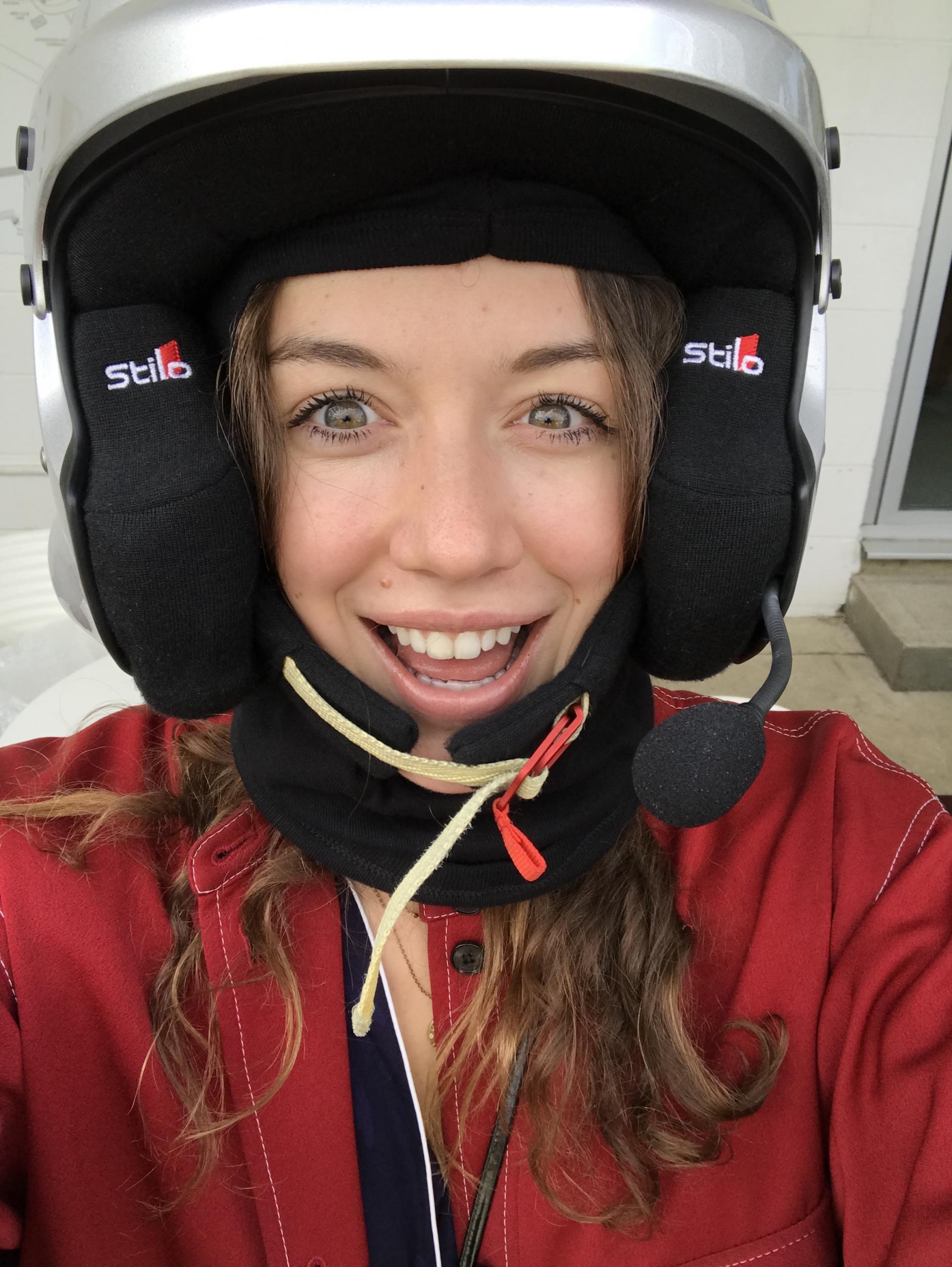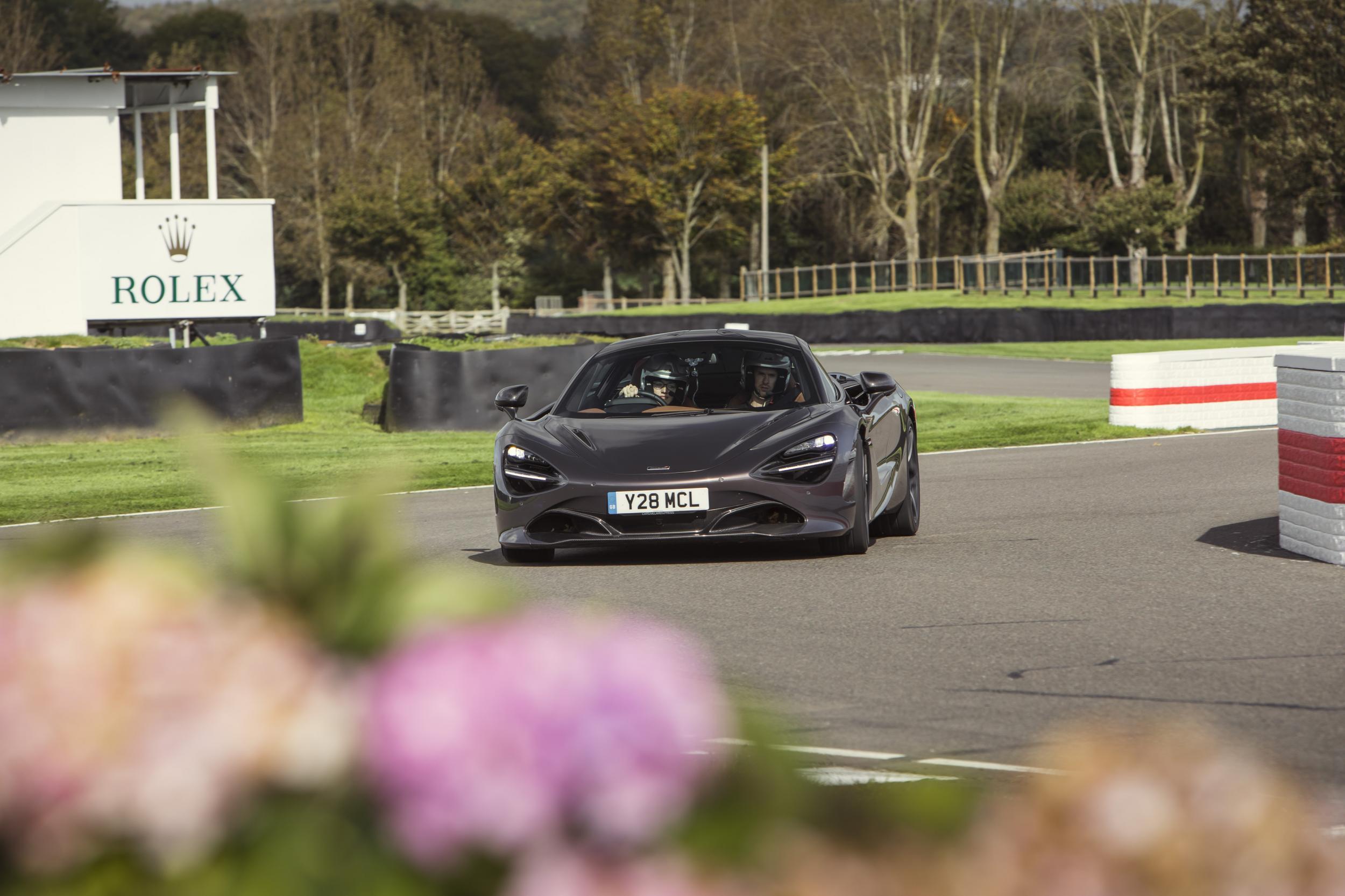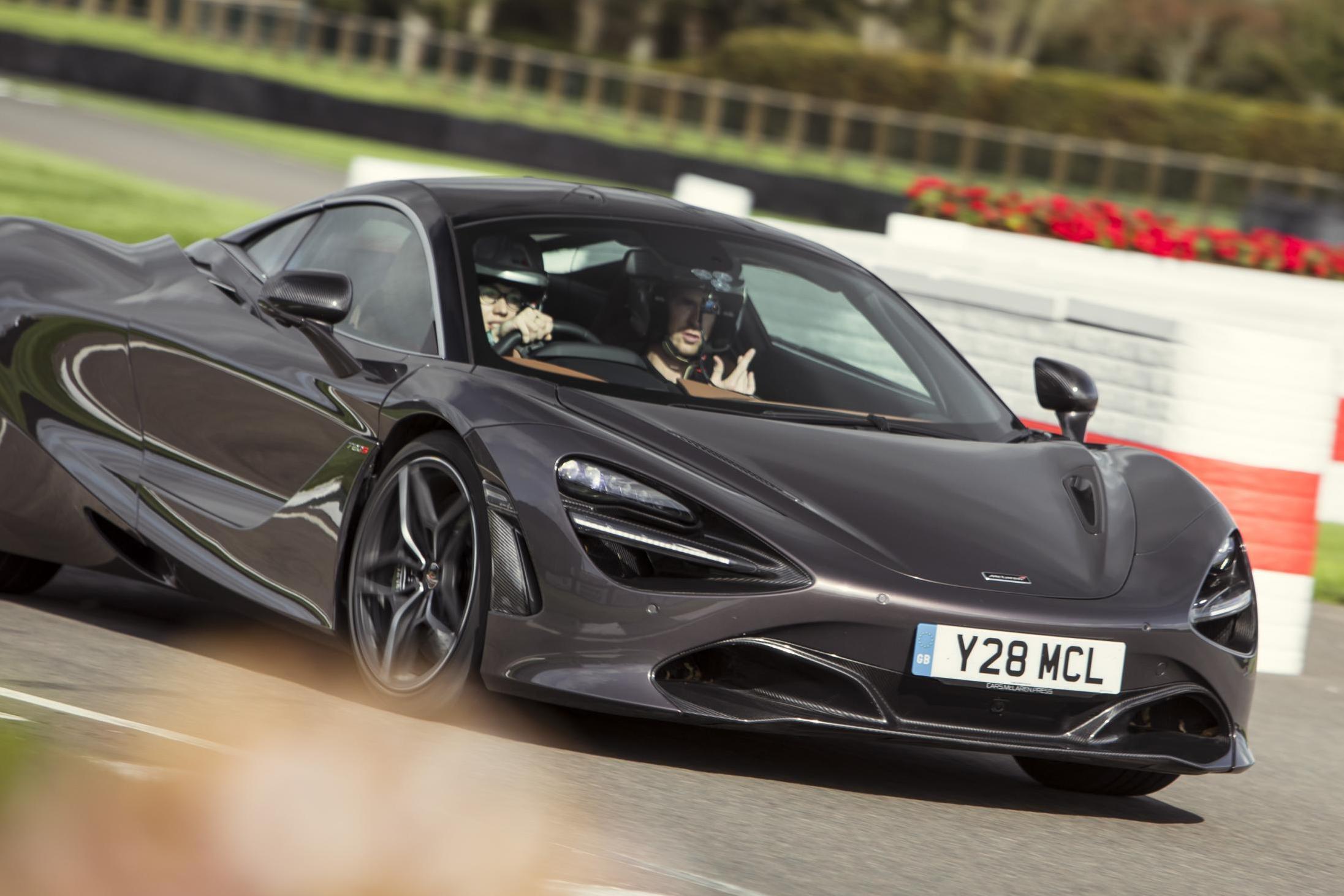What it's like to drive a £200,000 supercar when you can't drive
'Think of it as a glorified go-kart'
Your support helps us to tell the story
From reproductive rights to climate change to Big Tech, The Independent is on the ground when the story is developing. Whether it's investigating the financials of Elon Musk's pro-Trump PAC or producing our latest documentary, 'The A Word', which shines a light on the American women fighting for reproductive rights, we know how important it is to parse out the facts from the messaging.
At such a critical moment in US history, we need reporters on the ground. Your donation allows us to keep sending journalists to speak to both sides of the story.
The Independent is trusted by Americans across the entire political spectrum. And unlike many other quality news outlets, we choose not to lock Americans out of our reporting and analysis with paywalls. We believe quality journalism should be available to everyone, paid for by those who can afford it.
Your support makes all the difference.When your boss asks you to spend the day out of the office driving sports cars around a race track, you say yes, regardless of the small print.
However, on this occasion the small print was that I hadn’t actually driven since I passed my test.
The closest I’d come to driving in the last six years was a go-kart at Disneyland a few summers ago – and I wasn’t even the one driving.
“Even better,” said my boss. I felt like I was being sent to ride the world’s deadliest roller coaster.
Fearing I'd live up to the cliché that women can’t drive as well as men, (even though a child could probably drive better than me) I accepted the offer and went to Goodwood in trepidation for McLaren’s annual Ladies Day.

We arrived at the track and were given a full breakdown by a McLaren safety instructor on what our four-wheeled fantasies would entail: three laps, three times. Easy peasy.
Plus, we'd each get a post-mortem-style analysis in between, in which we'd be told where we should speed up and slow down next time.
The starry-eyed optimism that I'd be driving quickly enough to be told to slow down was as thrilling as it was terrifying.
As the day's namesake would suggest, the afternoon was entirely devoted to showing that, in spite of stereotypes, women drive sports cars too.
Except this woman could barely handle a Skoda, let alone a £208,000 McLaren 720S.
I exhaled loudly when it was revealed that each of us would have an instructor for the day, someone to sit beside me as I zoomed into the depths of despair.
Mine was named Paul - poor Paul, I thought, as his name was read out after mine.
It was Paul's job to show me how to manoeuvre this impossibly slick and expensive vehicle through Goodwood's winding circuit.
Little did he know, that "turn here" and "accelerate now" wouldn't quite cut the mustard. I needed the ABCs of motorsports, the full driving for dummies manual.
I didn't even know how to turn the thing on - is a car like this too advanced to even have keys? (Paul did it for me, so I'm still unsure).

Preparing for my eccentric driving refresher, I asked Paul if it mattered that I wasn't very experienced behind the wheel.
"It's really easy to drive," he insisted.
Thankfully the car was automatic - which meant no messing around with gears and clutches (I'd had nightmares of stalling the damn thing all week).
"Think of it as a glorified go-kart," I told myself - silently.
Paul was right, the McLaren 720S was actually pretty straightforward to drive.
Once you forget about the high speeds and the whole "I could crash at any moment" thing, the experience feels so surreal that you might as well be in a video game.
Plus, I didn't even have to look in the rearview mirror, let alone the side ones, because there were only ever five of us on the track at one time (I'm aware that this is not good driving practice when driving on actual roads, or a race track for that matter, but as I said before, I really had no idea what I was doing.)
I can see why people like these cars: they're coddlingly comfortable, sumptuously smooth on the roads and they make a very loud noise when you go fast, which is utterly satisfying for the child in you.
After a few laps, I started to get the hang of it.
By lap three, I was braking in time and managing to stay on the right side of the track (my steering needed some work), by lap six I was reaching 110mph and by lap nine, I was overtaking people - or "lapping" them, as automobile folk say.
By the end of the day, I'd be lying if I said I wasn't proud of myself for making it out alive. I had proven to myself and those around me that I was a strong, independent woman who could drive fast just like anyone else.
I was a shining star, a beacon for feminists everywhere: I was Beyonce in a sports car.

As I pulled into the pit after my final lap, feeling like Jensen Button, I felt a slight bump to my left (did I just hit the wall?).
By this point, I was too drunk on petrol and adrenalin to think anything of it and simply hopped out, leaving poor Paul to tend to the rest.
After a very civilised champagne toast, it was home time. I duly thanked everyone on the McLaren staff for such a fun day out and hugged it out with the brand's PR, who had been well-informed of my pre-driving nerves.
"So pleased you enjoyed it," she said, "and please don't worry about the mirror," with a benevolent arm pat.
I smiled awkwardly and scuttled off into the taxi back to London, hoping to apply my newfound driving wisdom to the streets of the big city - and I never did find out what happened to the mirror.

Join our commenting forum
Join thought-provoking conversations, follow other Independent readers and see their replies
Comments